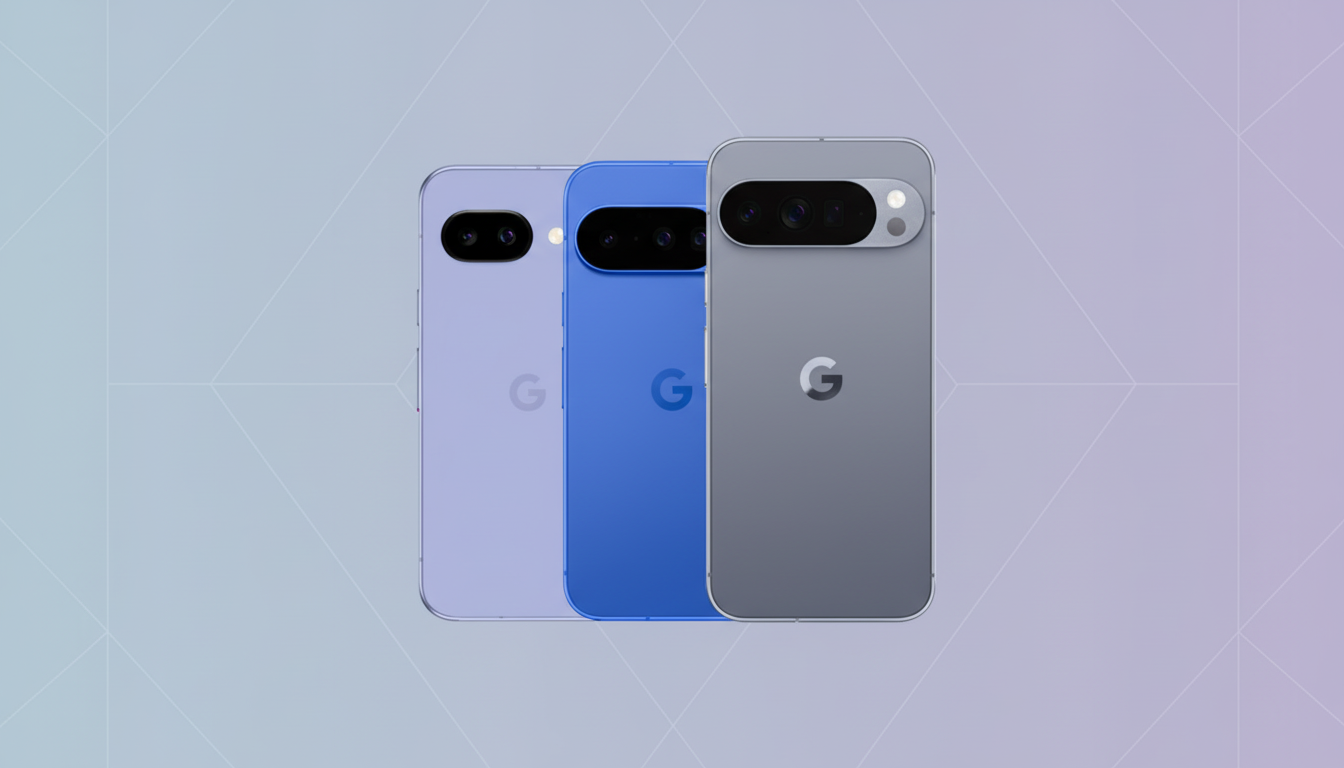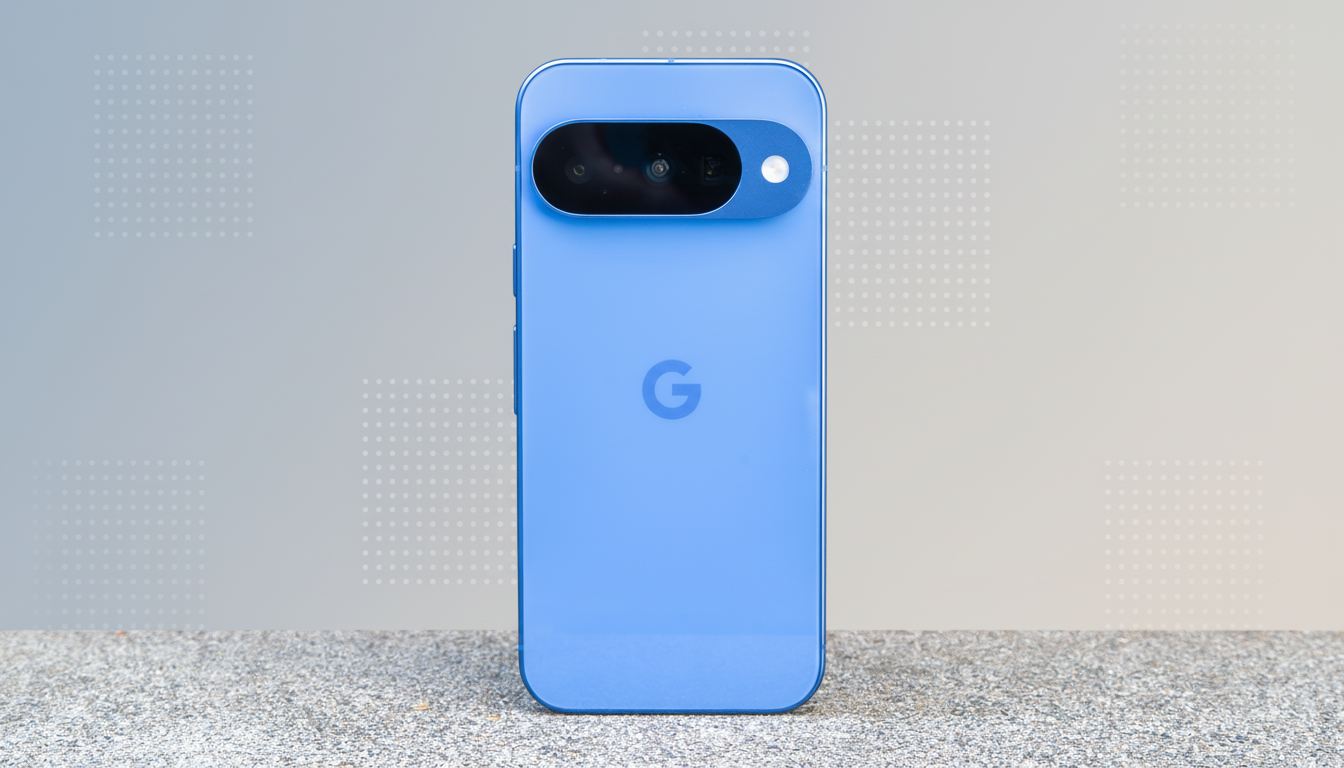The Pixel 10 can be a stopping point for users frustrated by the lack of a Google phone friendly to the level of privacy offered by GrapheneOS. But there is a quiet and significant shift in the works: The people behind GrapheneOS are preparing to announce official support for devices powered by a non-Google Snapdragon chipset starting with a well-known hardware maker — while poking holes in Google’s Pixels after the 10. The tipping point here isn’t any one piece of hardware, but a growing gulf between how Google is building Android and what privacy-focused projects need to do in order to ship secure, user-friendly updates.
Why Privacy Advocates Are Changing Their Minds About Pixel
For several years, Pixels were the only option for privacy-preserving Android because you got timely firmware updates and Titan M2-like hardware security cushion along with first-class AOSP support. GrapheneOS has covered every Pixel up until now, sometimes beyond their EOL. But developers now confront a more challenging terrain. Google has been pushing more of Android’s development into private internal branches, leaving public AOSP source drops later than they used to. When the source lands late, independent projects are unable to merge fixes or ship faster — which is a problem for anyone treating update speed as a fundamental security feature.
- Why Privacy Advocates Are Changing Their Minds About Pixel
- Source Access and Security Holes Under Embargoes
- Hardware Is Doing More Lifting Now for Security
- What GrapheneOS Offers on Pixel Right Now
- The Tightening Android Rulebook and Its Impact on Power Users
- What This Means for Pixel Buyers Focused on Privacy
- The Larger Picture for Secure Android Development

Adding insult to injury, Google no longer provides full and frequent device trees, driver binaries, and kernel sources for Pixels in the manner that its traditional developer community depends on. It has instead nudged ROM makers towards the Cuttlefish virtual device. That might centralize testing at Google, but it also de-emphasizes real hardware as Pixels become less well-suited to use as the base for a hardened OS.
Source Access and Security Holes Under Embargoes
Transparency is the strongest security measure. The recipients of these three lists are the top firms in GrapheneOS’ sights, the ones it says push out multi‑month embargoes on some security fixes for Android such that they reach OEMs ages ahead of when they become part of a published source code. Within that window, a project can ship binary fixes but cannot reveal the code paths to review or adjust temporal mitigations downstream. Worse, low-level vulnerabilities in firmware or vendor drivers are on OEM schedules that can lag the OS — extending the risk window if you are not Google’s preferred stack.
And for a project whose credibility is premised on actionable code and timely updates, those delays are more than procedural; they are existential. It’s not a coincidence that GrapheneOS is looking for a partner who can do predictable updates of firmware, modem, and GPU drivers in addition to the inevitable open-source drops – getting back to mitigating OS-vendor misalignments.
Hardware Is Doing More Lifting Now for Security
A Snapdragon pivot is not only about politics. Features like sustained CPU and GPU power (and efficiency) tell the story of Qualcomm’s recent top-end flagships staying ahead of Google’s latest Tensor, with notable advantages in performance consistency and cellular power draw — both good things for those users worried about control over their radio and battery life. On the security side, modern Snapdragon platforms also ship with hardware capabilities such as memory tagging extension support on ARMv9 cores that hardening projects can make use of, where enabled by vendors.
To be clear, GrapheneOS isn’t picking speed favorites only. Pixels still set a high standard with things like a dedicated secure element (Titan M2) and strong exploit mitigations. Any non-Pixel company would have to match those fundamentals and demonstrate that it can deliver firmware on time. The very fact that GrapheneOS is considering the alternatives demonstrates just how significant the upstream development model can be.

What GrapheneOS Offers on Pixel Right Now
You may think it’s a paradox to buy a Google phone for privacy, but GrapheneOS does an excellent job of divorcing Pixel hardware from Google software defaults. Neither Play Services nor the Play Store is mandatory, and each executes as just another app in a confined sandbox, without a privileged hook allowing for silent modifications. There’s no telemetry, no secret analytics, and no update backdoors. Users retain verified boot, strong app sandboxing, and hardened memory protections – with the flexibility to add other Google components, such as Play Services.
The Tightening Android Rulebook and Its Impact on Power Users
Outside of sources and silicon, the policy landscape is changing. Play Integrity gates are closing down, and sideloading hurdles are increasing. These kinds of changes chip away at malware and fraud, but they also make life more difficult for power users who want to unlock the bootloader or replace the OS. Bank and media apps are increasingly hard-failing devices that aren’t “attested,” even when they are, in reality, more secure under a hardened ROM.
What This Means for Pixel Buyers Focused on Privacy
Look for GrapheneOS to cover the Pixel 10 from release until its end-of-life, consistent with Google’s extended update promises that CleanAOSP originally supported. How things look for Pixel 11 and beyond is unclear. If a privacy-first Pixel with a well-supported hardening path is your aim, the 10 could be the last model on which you can have strong assurances. If you want newer silicon and perhaps a longer vendor firmware pipeline, look for the Snapdragon partner of GrapheneOS — it might end up as secure Android’s equivalent of a Nexus device outside the influence of Google.
The Larger Picture for Secure Android Development
This is not a feud — it’s a philosophical rift on what “secure Android” means. Google is committed to responsible, gradual development and at-scale ecosystem health. The most important points for projects:
- Auditability of code
- Fast and early availability of sources
- Openness w.r.t. hardware
If Google brings back timely source drops and full device trees, then the Pixel might still remain on top. If not, the legacy of the Pixel 10 might be as the last genuine privacy-favoring Pixel — not because there was anything wrong with the phone, but because the ground underneath it became less stable.

